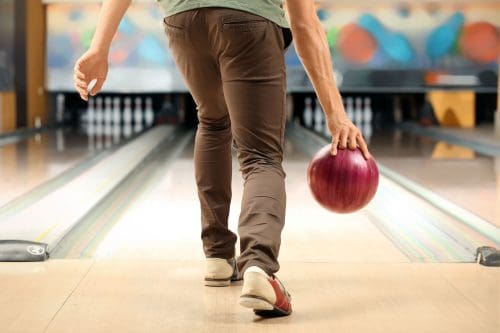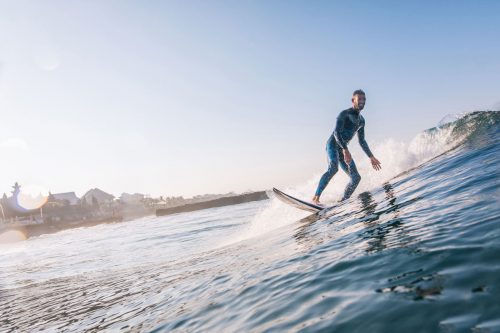Swimming is a sport beloved by many, providing great competition and a full-body exercise. Even non-competitive people enjoy pools: they're great to cool you down on a hot day or to have fun with friends. Since pools can be used for such different purposes, it makes sense that they come in different lengths. We've researched swimming pool lengths to give you an idea of what is available for competitive pools and recreational pools.
A competition swimming pool is typically one of two sizes:
- Long course: 50 meters (standard for Olympic/collegiate/professional pools)
- Short course: 25 yards (the U.S. only) or 25 meters (common in high school/amateur pools)
Recreational pools are flexible but generally come in the following sizes:
- Rectangular or oval-shaped: between 10 feet x 20 feet to 20 feet x 40 feet
- Circular: 12 to 30 feet in diameter
There's such a wide range of sizes for swimming pools! We've researched this topic and have put together this guide to help you understand the measurements and why each pool is sized the way it is. Please keep reading for a description of various pools and things to consider when deciding which pool is best for you. Let's dive in!
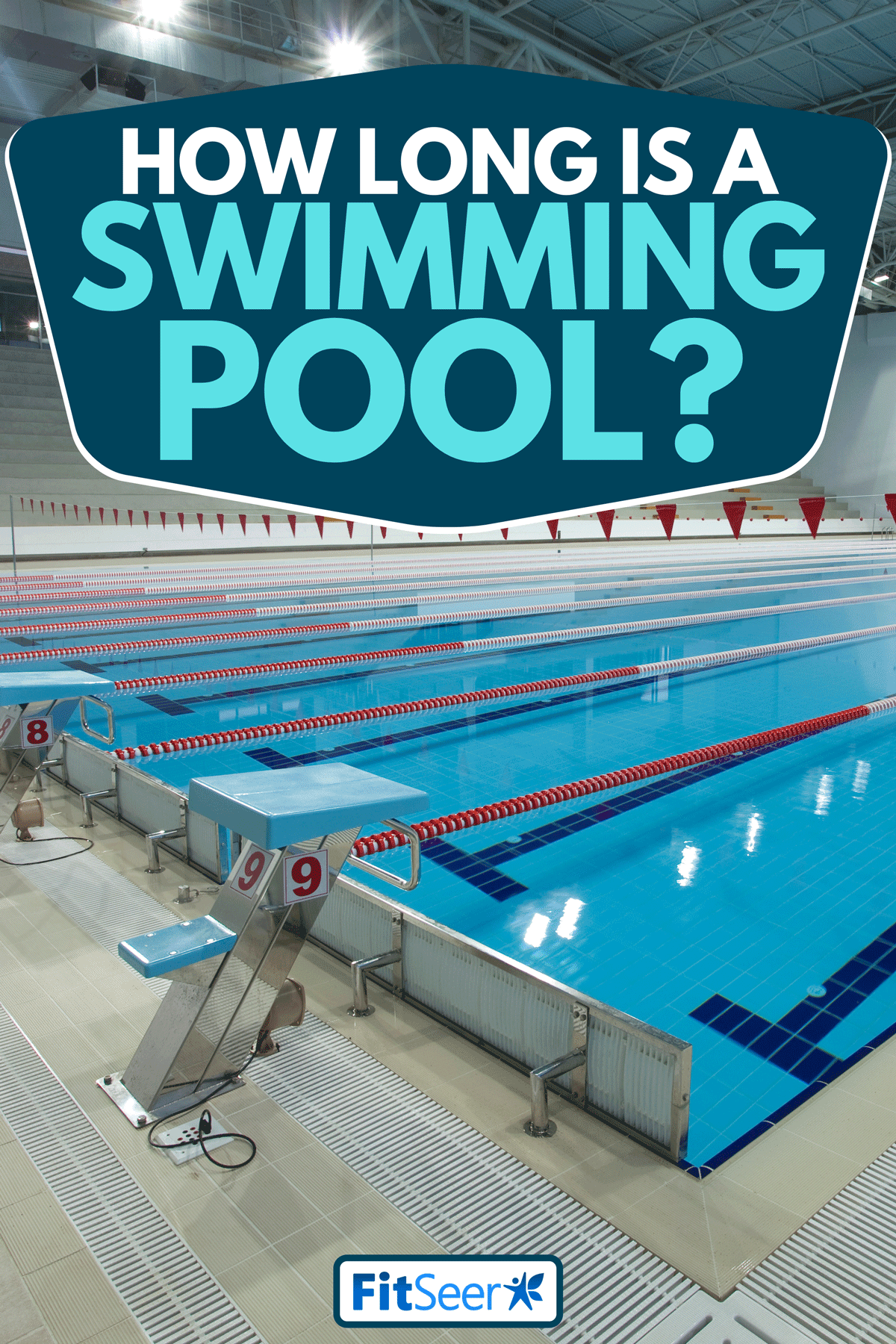
Competitive Swimming Pool Lengths
Competitive swimming pools are rectangular in shape and are usually twice as long as they are wide. They're divided into lanes by floating lines. Though all competitive pools are the same shape, they come in different lengths.
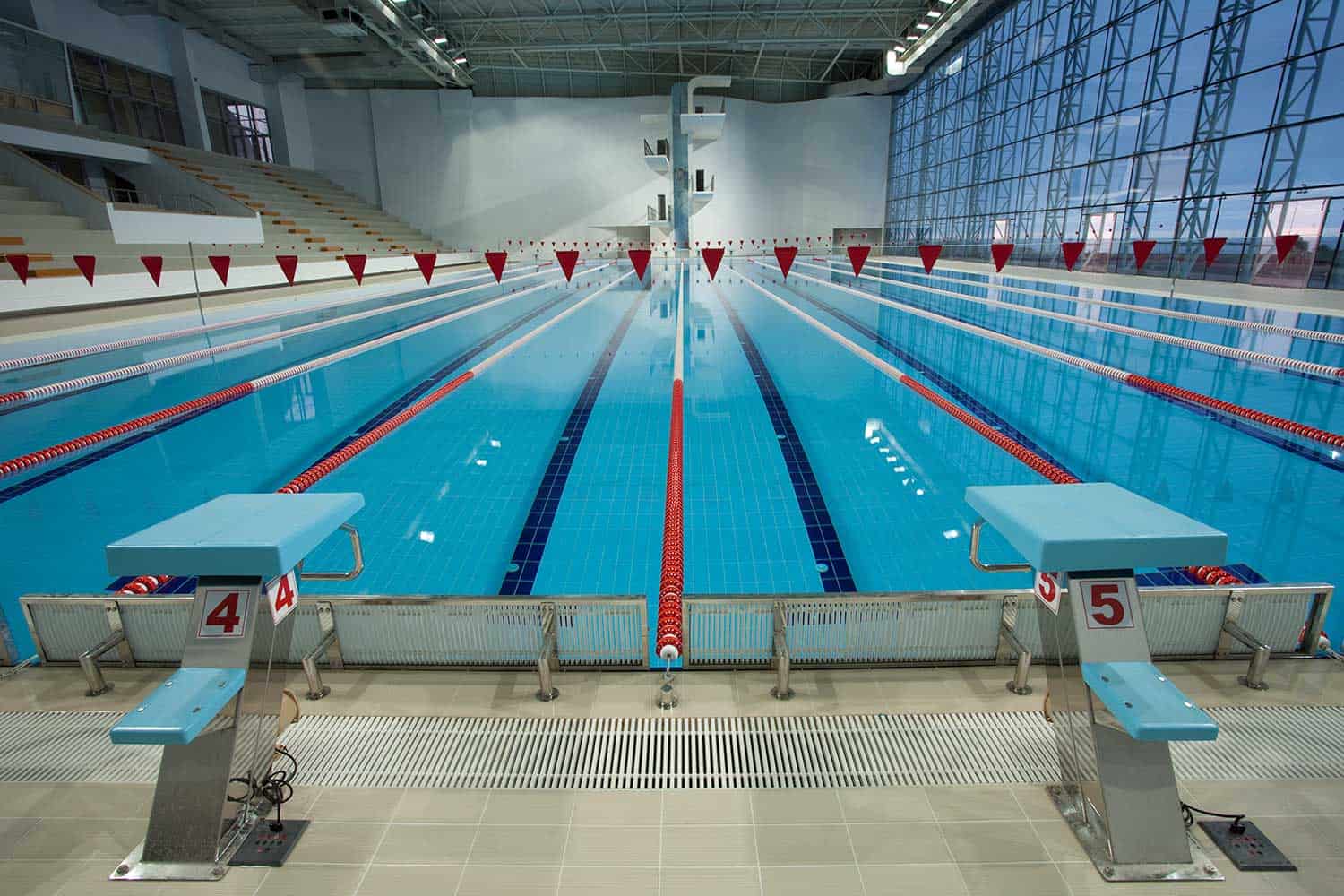
Long Course Swimming Pools
Professional and ultra-competitive swimmers use long course pools. They are 50 meters long and 25 meters wide. This allows them to accommodate eight to ten lanes. Generally, these pools are at least two meters deep to allow the swimmers plenty of clearance in the water.
Olympic or collegiate-level pools are longer than pools used by less competent swimmers. This is so the swimmers can work up plenty of speed without turning. Additionally, natatoriums used by high-level swimmers are usually built for that purpose. That means that space isn't as much of an issue as it is for pools used by amateurs.
Short Course Swimming Pools
Short course pools are most often used by children, high schoolers, and other low-profile swimmers. Around the world, short course pools are 25 meters long and between 18 and 20 meters wide. In the United States, the empirical system is used, so pools are measured in yards. A short course pool in the United States would measure 25 yards long.
These pools are shorter than professional pools because the swimmers usually aren't as talented. A shorter pool means more swimmers will be able to complete a lap. Additionally, the smaller footprint makes it easier for high schools and other swimming locations to fit a short course pool.
How many laps in a pool makes a mile?
The number of laps in a pool that equals a mile depends on the size of the pool. A lap in a pool is completed by going down and back the entire length of the pool. Thus, a lap is comprised of two lengths.
For a long course pool, 16.1 laps (or 32.2 lengths) will get you to a mile. In a SCY pool, 35.2 laps -- which would be 70.4 lengths -- equals a mile. Since meters are slightly longer than yards, you would only need to swim 32.2 laps (64.4 lengths) in an SCM pool.
Some public aquatic centers have guided water-based exercise classes. If that's something you're interested in, you'll love this article about sixteen types of fitness classes, including some you can do at home: "16 Types of Fitness Classes [See Which Ones Can You Do at Home]."
What is the average size backyard swimming pool?
Backyard swimming pools come in all shapes and sizes. Thus, coming up with the "average" size is a difficult task. In addition to the various shapes and sizes, backyard pools can be in-ground or above-ground, which can change the pool's footprint.
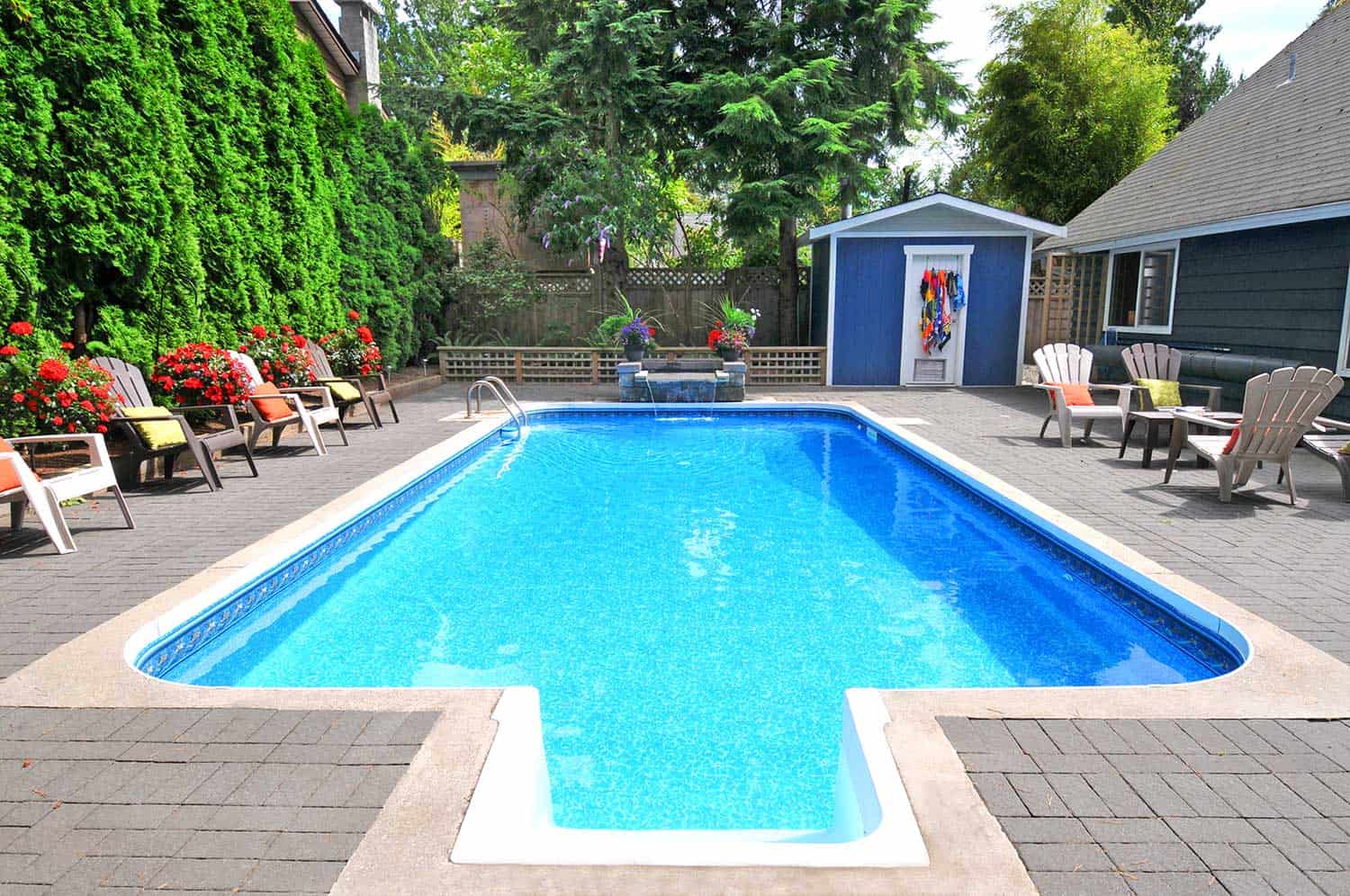
For a rectangular pool, the available size ranges from 10 feet by 20 feet, all the way up to 20 feet by 40 feet. A circular pool can be anywhere from twelve to 33 feet in diameter. Though these numbers are helpful, they aren't necessarily restrictive. You can have a custom pool built at almost any size you'd like.
What length is a lap pool?
There is no real standard length for a lap pool. Ideally, however, it should be at least 40 feet long to get the best use possible. A lap pool is a swimming pool designed primarily for exercise and fitness. It's normally a long and skinny rectangle in shape. Private lap pools are generally only wide enough to accommodate one swimmer at a time, but lap pools at a public aquatic center might be able to hold up to 10 people.
Don't have a lap pool, but are looking for a low-impact exercise to help you stay fit? Maybe hiking is right for you! Read this article for more information: "Is Hiking a Low Impact Exercise?"
How small is too small for a pool?
A competitive swimming pool should be one of the sizes outlined above. Any shorter would be too short and wouldn't allow swimmers to build up any speed before turning. Competitive pools also have to be wide enough so that plenty of people can compete at once.
For backyard or recreational pools, anything under 400 square feet would be considered small. However, a pool under 400 square feet is still realistic, depending on the following factors.
Purpose
If more than one person uses your pool for recreation, it should be at least 10 feet by 20 feet. If you're the only one who will use it, or if space is an issue, a smaller pool is acceptable. Have lots of friends who will be using the pool frequently? Or, is it going to be a public pool? Aim for the 20 feet by 40 feet pool.
Some unique types of pools, like the endless pool, are used for exercise or rehabilitating injuries. These pools might be much smaller than normal, at nine feet by 15 feet or smaller.
Budget
Bigger pools are more expensive to build than smaller pools. But in addition to that up-front cost, bigger pools are more expensive to take care of. The amount of chemicals necessary to maintain a clean pool need to be multiplied for a bigger pool. These costs are increased even more if your pool is heated. If you aren't interested in spending an exorbitant amount of money on your pool, the smaller, the better.
Available Space
As we've already discussed, available space plays a role in deciding what type of pool gets installed. If you have a small backyard, you'll want to consider that when picking out your pool. Do you still want some grassy space for non-water activities? Then make sure the pool doesn't take up all of the yard.
In Closing
Competitive pools are either 50 meters long for long course pools or 25 meters (or 25 yards) long for short course pools. Recreational pools, like those found in residential back yards, range from 20 feet to 40 feet long and 10 to 20 feet wide. Or, a round-shaped pool is anywhere from 12 feet to 30 feet in diameter.
The size of a pool depends on factors such as purpose and budget and could be different for every situation. Hopefully, however, this article has given you a better idea of what to expect for the sizes of different pools.

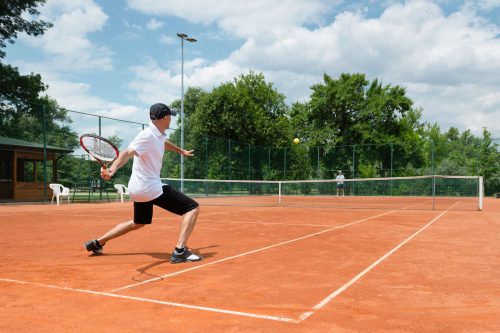
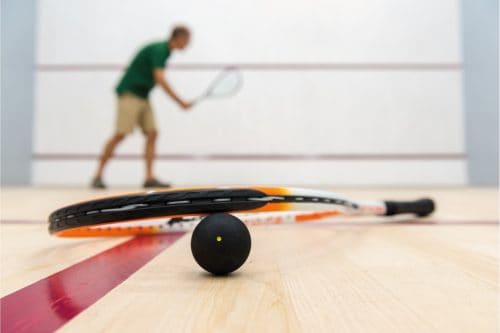
![Read more about the article How Much Does It Cost to Go Bowling? [and Should You Buy Your Own Gear]](https://fitseer.com/wp-content/uploads/2020/10/Close-up-view-score-monitor-in-bowling-club-500x333.jpg)
